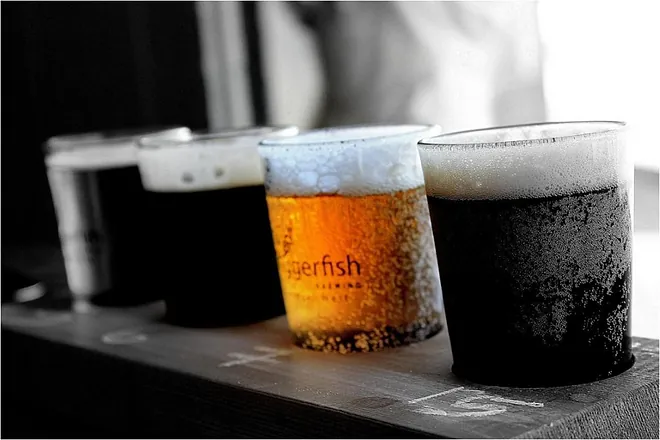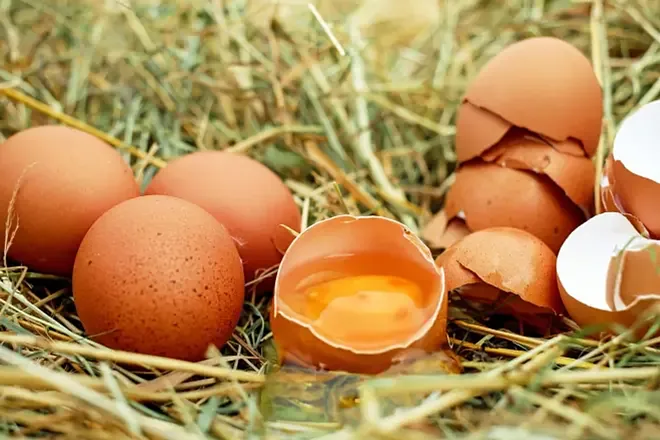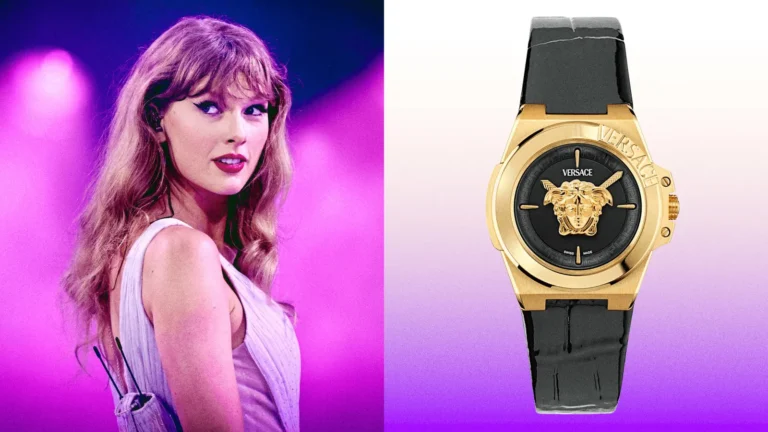The ideal temperature for serving beer varies by style, as each type has unique characteristics that shine at specific temperature ranges. Serving beer at the right temperature enhances its aromas, flavors, and complexity, ensuring you get the best sensory experience. Below, I’ll break down the optimal serving temperatures for different beer styles, explain why temperature matters, and provide practical tips to achieve the best taste.

Beer Styles and Their Ideal Serving Temperatures
Here’s a detailed guide to the optimal serving temperatures for various beer styles, based on their flavor profiles and characteristics:
Lagers and Light Ales (4–7°C / 39–45°F)
- Examples: Pilsners, Helles, Mexican Lagers, Blonde Ales
- Why this range? The cold temperature enhances crispness and refreshment, accentuating the clean, light flavors of these beers.
- Taste profile: Light, slightly sweet malt, mild hop bitterness.
- Tip: Store in the fridge door (slightly warmer than the back) to keep it in this range.
Wheat Beers and Golden Ales (7–10°C / 45–50°F)
- Examples: Hefeweizens, Belgian Witbiers, Golden Ales
- Why this range? This temperature highlights fruity and spicy notes (like banana, clove, or citrus) without sacrificing refreshment.
- Taste profile: Bright, effervescent, with yeast-driven fruitiness.
- Tip: Take the beer out of the fridge 5–10 minutes before serving to reach this range.
Pale Ales and IPAs (7–10°C / 45–50°F)
- Examples: American Pale Ale, West Coast IPA, New England IPA
- Why this range? Balances hop bitterness and malt sweetness, allowing the beer’s aromatic hop oils to shine without being muted by cold.
- Taste profile: Citrus, pine, tropical fruit, or resinous hops with a malty backbone.
- Tip: Avoid over-chilling, as temperatures below 7°C can dull hop aromas.
Stouts, Porters, and Dark Beers (7–13°C / 45–55°F)
- Examples: Dry Stout, Oatmeal Stout, Baltic Porter, Imperial Stout
- Why this range? Warmer temperatures enhance roasted, coffee, and chocolate flavors, bringing out the beer’s complexity.
- Taste profile: Rich, creamy, with notes of dark chocolate, espresso, or caramel.
- Tip: Let the beer sit at room temperature for 10–15 minutes after removing from the fridge.
Belgian and High-Alcohol Beers (12–15°C / 54–59°F)
- Examples: Belgian Tripel, Quadrupel, Barleywine, Imperial IPA
- Why this range? Higher temperatures release complex aromas (fruity, spicy, or boozy) and mimic the warmth of liquors, enhancing the sipping experience.
- Taste profile: Bold, layered, with notes of dried fruit, spice, or alcohol warmth.
- Tip: Serve in a wide glass (like a snifter) to concentrate aromas.
Why Temperature Matters for Beer
Temperature plays a critical role in how we perceive beer’s flavor and aroma. Here’s why it’s so important:
Flavor Perception:
- Cold temperatures (below 7°C) enhance bitterness and suppress delicate flavors, making lighter beers taste refreshing but masking nuances in darker or complex beers.
- Warmer temperatures (above 10°C) allow aromatic compounds to volatilize, revealing fruity, spicy, or roasted notes.
Aroma Release:
- Many beer styles rely on volatile compounds (like hop oils or yeast esters) for their signature aromas. Warmer temperatures help these compounds reach your nose, enriching the sensory experience.
- Example: A cold IPA might taste flat, while one at 8°C bursts with citrus and pine.
Texture and Mouthfeel:
- Cold beer feels crisp and bubbly, ideal for lagers. Warmer beer feels smoother and creamier, suiting stouts or Belgian ales.
- Over-chilling can make a beer feel thin, while overly warm beer can taste flat or alcoholic.
Balance:
- The right temperature ensures a balanced flavor profile, where no single element (bitterness, sweetness, or alcohol) overpowers the others.
Practical Tips for Serving Beer at the Right Temperature
To enjoy your beer at its best, follow these step-by-step recommendations:
- Check the label or brewery website for the beer style (e.g., IPA, Stout, Pilsner).
- Use the temperature ranges above as a guide.
- Keep beers in the fridge (4–7°C) for lagers and light ales.
- For darker or high-alcohol beers, store in a cool, dark place (10–15°C) like a cellar or pantry to avoid over-chilling.
- For beers best at 7–15°C, remove from the fridge 5–15 minutes before pouring to let them warm slightly.
- Use a thermometer if you want precision, or feel the bottle—it should be cool, not icy.
- Pint glass: Great for lagers and ales (4–10°C).
- Tulip or snifter: Ideal for Belgian beers or stouts (10–15°C) to trap aromas.
- Clean glassware: Rinse glasses to remove dust or soap residue, which can affect flavor.
- Tilt the glass at a 45-degree angle and pour slowly to create a 1–2 cm head.
- A proper head releases aromas and enhances taste.
- Don’t freeze beer—it dulls flavors and can ruin carbonation.
- Don’t serve complex beers (like stouts or Belgians) ice-cold, as it masks their depth.
- Don’t let beer get too warm (above 15°C), as it can taste flat or overly alcoholic.
Science Behind Beer Temperature
The science of serving temperature ties to human sensory perception and chemical properties of beer:
- Taste Buds: Cold temperatures numb taste buds, emphasizing bitterness and reducing sweetness or malt complexity. Warmer temperatures activate taste buds, revealing a fuller flavor spectrum.
- Aromatic Compounds: Hops, malt, and yeast produce volatile compounds that evaporate more readily at warmer temperatures, enhancing aroma.
- Carbonation: Cold temperatures preserve carbonation, keeping beer fizzy. Warmer temperatures can make beer feel flatter, which suits sipping styles like Barleywines.
- Alcohol Perception: High-alcohol beers (e.g., Belgian Quads) taste smoother at warmer temperatures, as the alcohol’s harshness softens.
For example, a Guinness Stout served at 4°C might taste overly bitter and lack its signature creamy chocolate notes, while at 10–12°C, it becomes rich and velvety.
Common Beer Styles and Temperature Examples
| Beer Style | Temperature Range | Key Flavors Enhanced | Example Beers |
|---|---|---|---|
| Lager | 4–7°C (39–45°F) | Crisp, clean, refreshing | Heineken, Budweiser, Corona |
| Wheat Beer | 7–10°C (45–50°F) | Fruity, spicy, citrus | Blue Moon, Hoegaarden |
| IPA | 7–10°C (45–50°F) | Hoppy, citrus, pine | Sierra Nevada, Lagunitas IPA |
| Stout/Porter | 7–13°C (45–55°F) | Roasted, coffee, chocolate | Guinness, Founder’s Porter |
| Belgian Ale/Strong Ale | 12–15°C (54–59°F) | Fruity, spicy, boozy | Chimay Blue, Delirium Tremens |
FAQs About Beer Serving Temperatures
Can I serve all beers cold?
While you can, it’s not ideal for darker or complex beers. Cold temperatures mute flavors in stouts, porters, or Belgian ales. Stick to 4–7°C for lagers and lighter styles.
How do I know the style of my beer?
Check the label, brewery website, or apps like Untappd for style details. If unsure, aim for 7–10°C as a safe middle ground.
What if my beer is too cold?
Let it sit at room temperature for 5–15 minutes, or hold the glass to warm it with your hands. Avoid microwaving or heating directly.
Does glassware matter?
Yes! Proper glassware enhances aroma and head retention. Use pint glasses for lagers, tulips for Belgians, and snifters for stouts.
Serving beer at the right temperature is key to unlocking its full potential. Whether you’re sipping a crisp lager at 4°C or savoring a complex Belgian Tripel at 14°C, matching the temperature to the style ensures you experience every nuance of flavor, aroma, and mouthfeel. Next time you crack open a beer, check its style, adjust the temperature, and pour it into the right glass for a brewery-fresh experience.






